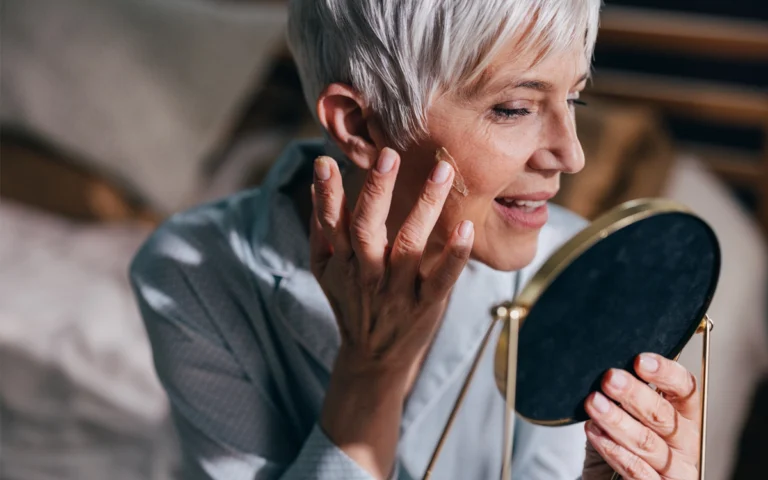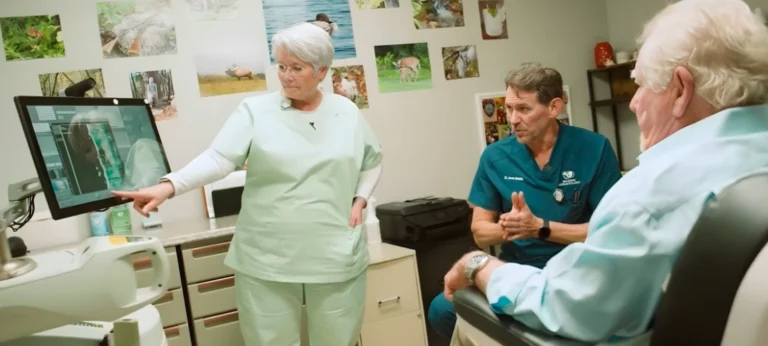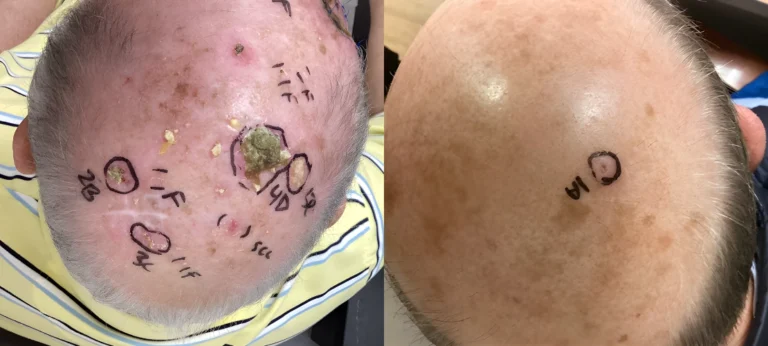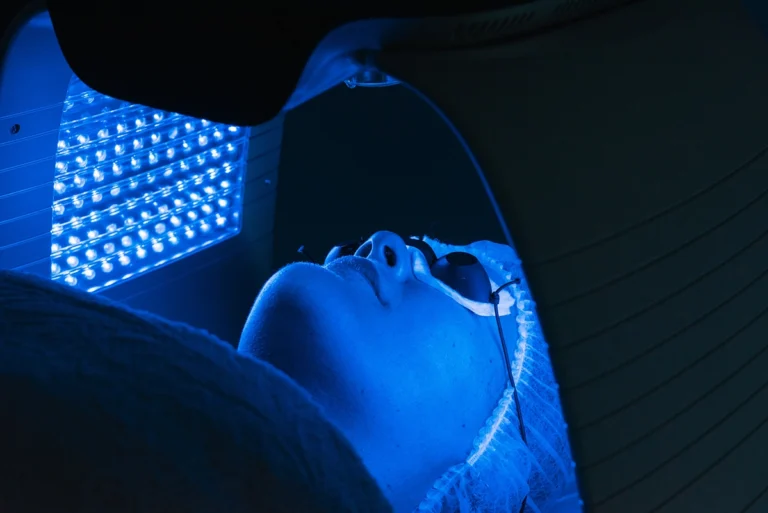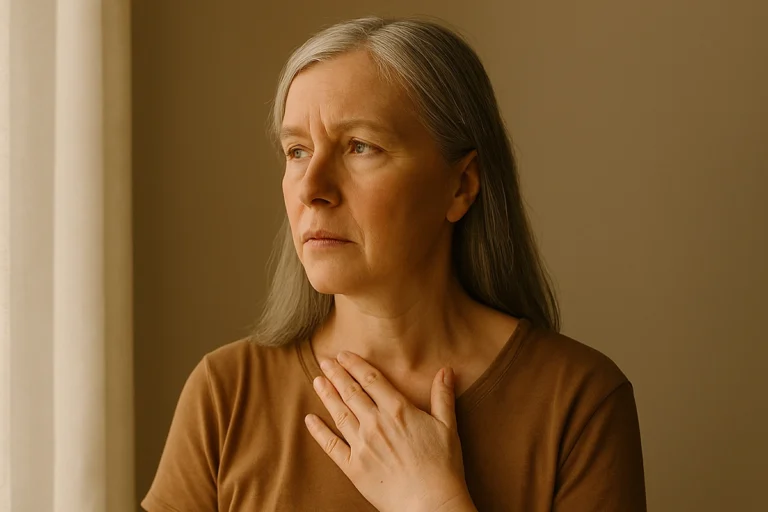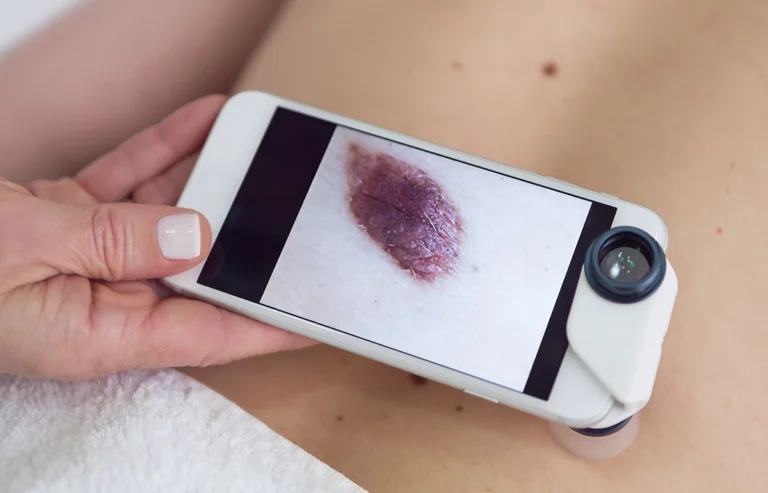
Skin Cancer vs Age Spots: How to Tell the Difference
As you age, new marks and patches on your skin are common. Most are harmless age spots caused by years of sun exposure, but some may be early signs of skin cancer. Understanding the difference between the two can help you know when to see a dermatologist. What Are Age Spots? Age spots (also called…Read More




